The Truth About Europe's Pedestrian Safety Legislation

Each year, automobiles kill more people than malnutrition, war and stomach cancer. That’s not including drivers and passengers. Obviously, the automobile – pedestrian toll is greatest in developing nations, where road safety is a strictly Darwinian affair. But the industrial world’s pedestrian “ksi” (killed or seriously injured) statistics are also pretty grim. Legislators in Europe, Japan and Korea have decided to take action. They’ve all developed legislative initiatives to force car makers to introduce new technology for reducing pedestrian deaths and injuries. America has no plans to get with the program. Should it?
The stats say yes. Over four thousand American pedestrians are killed in accidents with motor vehicles each year; some seventy thousand are injured. That's roughly eleven percent of all traffic fatalities. The percentage is on the rise. For obvious reasons, children and old people are the most likely to get in harms way. Children account for roughly 10 percent of all pedestrian deaths; that’s about 400 per year in the U.S. alone.
While American safety campaigners focus on law enforcement and driver training (good luck with that), the European Union has launched a technology-based campaign. By 2015, the EU demands that automakers’ products make collisions survivable when they occur between a pedestrian and a car moving at 40kph (24.9 mph). It’s a lofty goal that would save thousands of lives– that depends entirely on technology.
The EU would like to see brake assist technology as a standard feature in all vehicles. When a computer senses that a driver is using the brakes too hesitantly, the system increases brake force. Experts claim that Brake Assist decreases the number of pedestrian accidents by about five percent. They’d also like to see widespread use of radar or infrared-sensor-based collision avoidance systems. From there, the changes become more radical, and obvious.
To comply with the EU requirements, automakers are already adapting the design of their cars’ fronts— ground zero for pedestrian fatalities. Obviously, a smooth, soft front end is the way forward. That's why the styling of many European cars (e.g. Jaguar’s new XK) has already been changed, with higher, more easily deformable hoods. Much can be achieved by attention to details, within a comprehensive testing procedure.
To quell disquiet over post-accident repair, the U.K. insurance industry's Thatcham Institute recently tested various models to assess the expense of restoring deformed hoods. After a 10kph impact, they found that most SUVs incurred expensive body damage (in addition to having poor pedestrian ratings). In contrast, the Toyota (Euro-Corolla) Auris was both safer for pedestrians and relatively cheap to repair.
European automakers are already taking the next step: hoods with active safety devices that “pop up” the hood to reduce the severity of an impact with a pedestrian's head. Euro-NCAP crash tests have awarded the new Citroen C6 and Jaguar XK four out of five stars for pedestrian protection. Both models were the first to be equipped with “active hoods.” Sweden's Autoliv AB is developing hood airbags to make even inherently dangerous SUVs more pedestrian-friendly.
I recently attended the CTI Car Training Institute’s 2007 Pedestrian Protection Forum at Sindelfingen. It was quite touching to see nerdy auto engineers stand up and say things like "we have the technology, so let's get up off our backsides and do what we can to stop this killing of people.” U.S. officials were noticeably less keen.
In a phone interview, a NHTSA (National Highway Traffic Safety Administration) spokesman told me that America’s vehicle mix-– more trucks and SUVs— isn’t as conducive to pedestrian-friendly technology as cars in the Eurozone. NHTSA research suggests that there are unexplored trade-offs involved. “You can make a car front better for children, but then it may get worse for adults.” Why not publish pedestrian-safety ratings and let the consumer decide? “Again, we don't think you can find a one-size-fits-all solution”.
According to Prof. Florian Kramer at Germany's Dresden Technical University, those are weak arguments. “Of course it is difficult, but in constructing cars, everything is a compromise”, he says. “The point is, there is very much room for improving the pedestrian-safety of cars”. Kramer continued: “Actually, our European NCAP system was inspired by the U.S., and it's difficult to understand why the U.S. is not following up on their own idea, by including pedestrian protection.”
While American pedestrians will benefit from European action on pedestrian safety (given international trade), NHTSA’s reluctance to grasp the nettle and set standards for automakers doing business in the U.S. is likely to backfire in the long term. As was the case with fuel economy innovations, it's no good to pass the ball to foreign competitors if you lose your ability to compete technologically. And anyway: if plane crashes caused the death of 400 children each year, would legislators hesitate to enforce stricter regulations on the airline industry?

More by Martin Schwoerer
Latest Car Reviews
Read moreLatest Product Reviews
Read moreRecent Comments
- ToolGuy There was a time when in a place called America there were roads, and they were paved, and they were paved smoothly enough for a vehicle like this. Perhaps our next President will bring back that concept.
- ToolGuy I suppose I will listen before commenting. (TG, what a fair-minded dude!)
- ToolGuy "The technology is much more advanced to be better than a role model driver,”• Do any of you know what a "role model driver" is? No, I guess you wouldn't. 😉
- ToolGuy I might be Batman.
- Lou_BC Well, I'd be impressed if this was in a ZR2. LOL



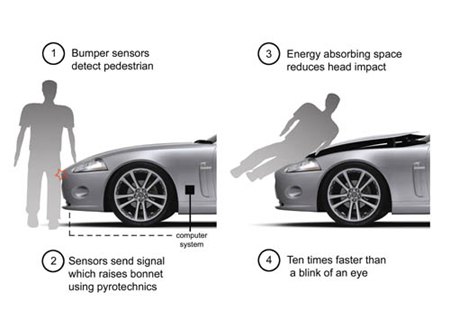















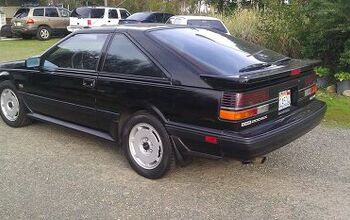

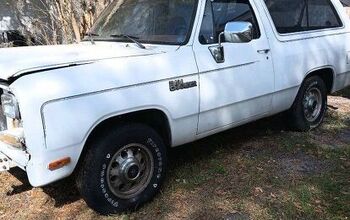


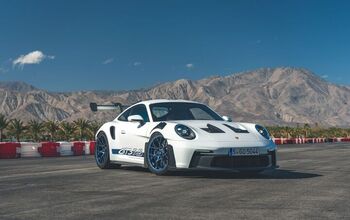
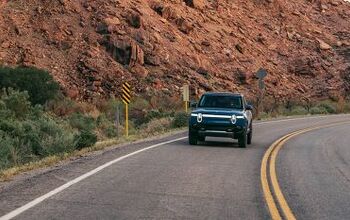
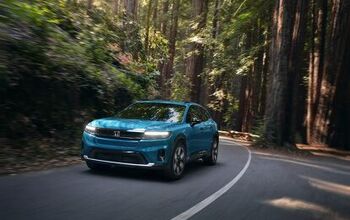

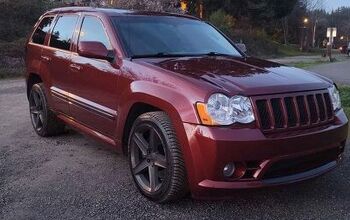

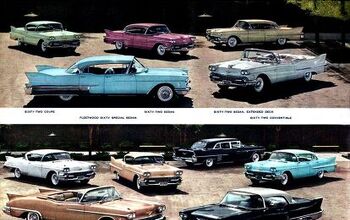

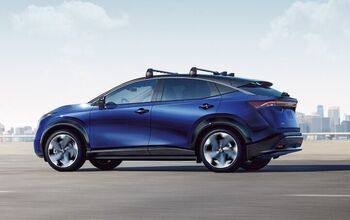

Comments
Join the conversation
I don't think safety is the sole responsibility of the driver. But on this website, I've heard several times for calls for better driver education and stricter requirements. Not exceedingly strict, but stricter. But when we legislate into place a system that allows such irresponsible behavior, then the problem will just manifest itself again, only in a different fashion. And I think if regulators had taken my advice (i.e. up the standards of driver's ed), we would still have ended up with airbags and traction control and a few other things. I guess my main point is that safety is fine, and I am glad for traction control, stability control, and air bags (in-car, that is...). But where should we draw the line as to where it stops becoming the responsibility of the auto manufacturers or the government, and we start stepping up to the plate and saying, 'You know what, I could be a better driver. I could stop talking on the phone when I drive.' And to say that the only practical way to fix the problem is to apply technology is taking the easy way out. I can't remember who said it, or really if anyone ever did, but its something that I firmly believe in, but 'Nothing worth doing is ever easy' or something to that effect.